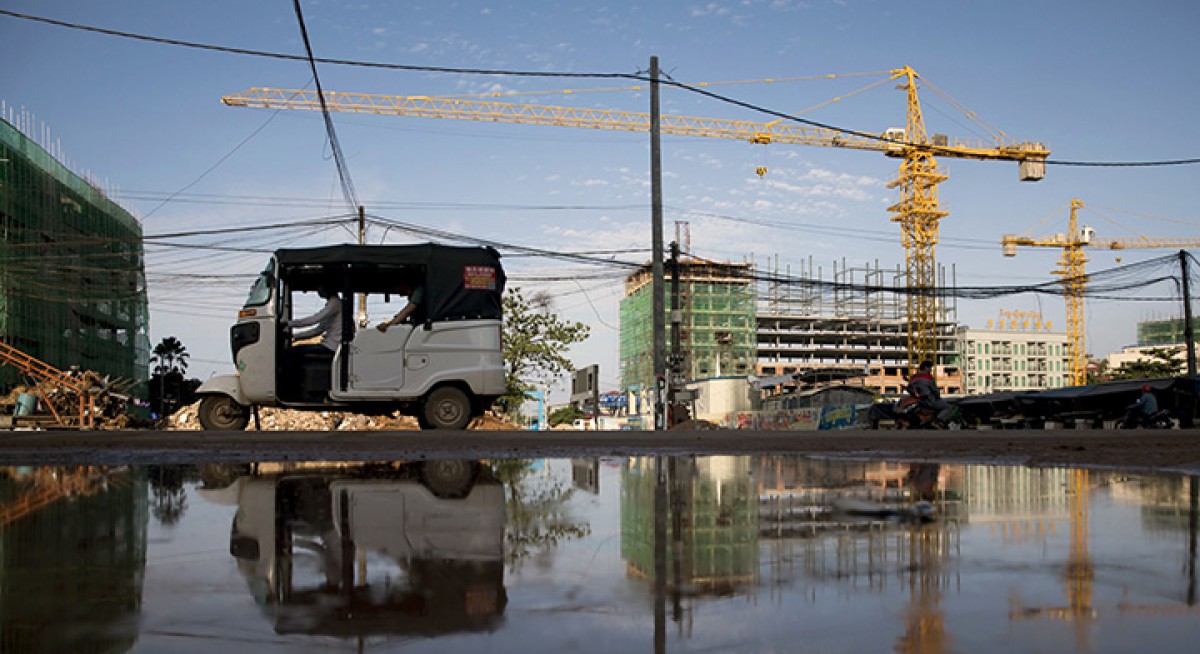On Oct 18, China announced third quarter GDP of just 6%, its slowest growth in almost three decades as factor production and investment sentiment were hit by the trade war.
The following day, Chinese vice premier Liu He said that both China and the US have made “substantial progress in many fields”, laying an important foundation for the signing of a phased agreement.
Major central banks, notably the US Federal Reserve, have already loosen monetary policy and are prepared to ease further.
“The vibe in Washington DC, venue of the annual meetings of the International Monetary Fund and the World Bank Group, this past weekend was subdued and yet unalarmed,” Baig writes in a note dated Oct 21.
“Having experienced an extended period of downshift in inflation, interest rates, trade, and growth this year, markets and economies are resigned to a low normal, with noise from trade war, Brexit, and stress in emerging markets adding noise time to time,” he says.
In addition, asset markets were also not seen as frothy, although corporate debt levels were deemed “too high,” Baig says.
“There was low expectation of vigorous monetary or fiscal action from major economies next year, and much of the ongoing slowdown was seen as the result of a combination of unavoidable late cycle dynamics and various structural factors,” he adds.
Still, the balance of risks may be tilted to the downside.
Baig warns that “very few”, if any, were looking at currency crises, banking system stress, outright recessions, or a sharp worsening of geopolitical tensions in the coming year.
He highlights that, in particular, credit issuances have risen, asset managers have moved up the credit risk curve, and liquidity has declined.
“To illustrate the build-up in risks, the IMF’s Monetary and Capital Markets department reckons that a substantial growth slowdown episode (measured as half as severe as the global financial crisis) would put US$19 trillion ($26 trillion) of corporate debt at risk,” he says.
“But at the same time, thanks to steps taken by G3 central banks this year, financial conditions have eased as asset markets have rallied and long-term interest rates have declined,” he adds.




